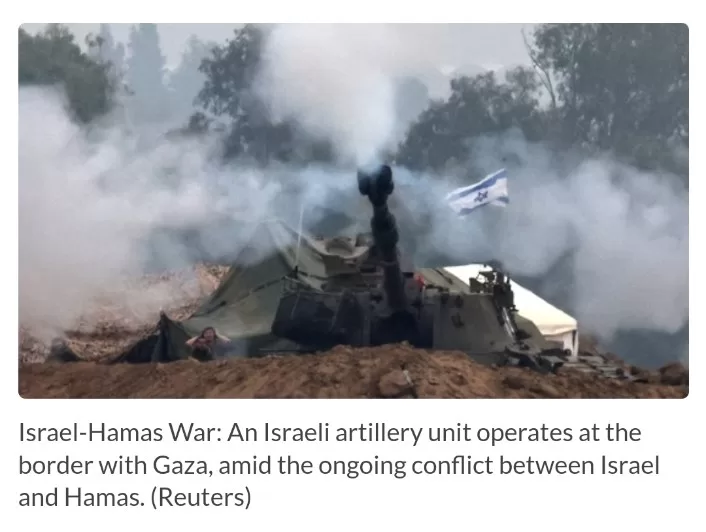In a significant escalation of the Israel-Hamas conflict, Israeli forces conducted a robust military operation, marking the most intense day of fighting since the commencement of the ground invasion. General Yaron Finkelman, the commander of the Israeli Defence Forces Southern Command, confirmed the military’s deepening engagement, stating, “We are in the heart of Jabalia, in the heart of Shejaiya, and now also in the heart of Khan Yunis.”
The Israeli army, in its pursuit of targeting “Hamas strongholds throughout the Gaza Strip,” extended its operations southward. This involved the deployment of tanks, armoured personnel carriers, and bulldozers in the vicinity of the southern Gaza city of Khan Yunis, as reported by the news agency AFP.
Simultaneously, the United Nations issued a stark warning about the deteriorating humanitarian situation, emphasizing an “even more hellish scenario” as intense fighting forced civilians into the already besieged territory. The ground invasion, initiated in Gaza’s north to dismantle Hamas and secure hostages taken in attacks on October 7, has raised concerns about the safety and well-being of civilians.
The International Committee of the Red Cross reported a surge in casualties, including children, being transported to Nasser hospital in Khan Yunis. Mirjana Spoljaric, president of the International Committee of the Red Cross, expressed shock at the “horrors that were hard to describe,” particularly noting the impact on children who had suffered severe injuries and lost their parents.
As the conflict intensifies, international aid organizations have voiced apprehension about the diminishing safe havens for Gaza’s civilians. Lynn Hastings, the UN humanitarian coordinator for the Palestinian territories, emphasized the urgent need for a humanitarian response, stating, “Nowhere is safe in Gaza, and there is nowhere left to go.”







